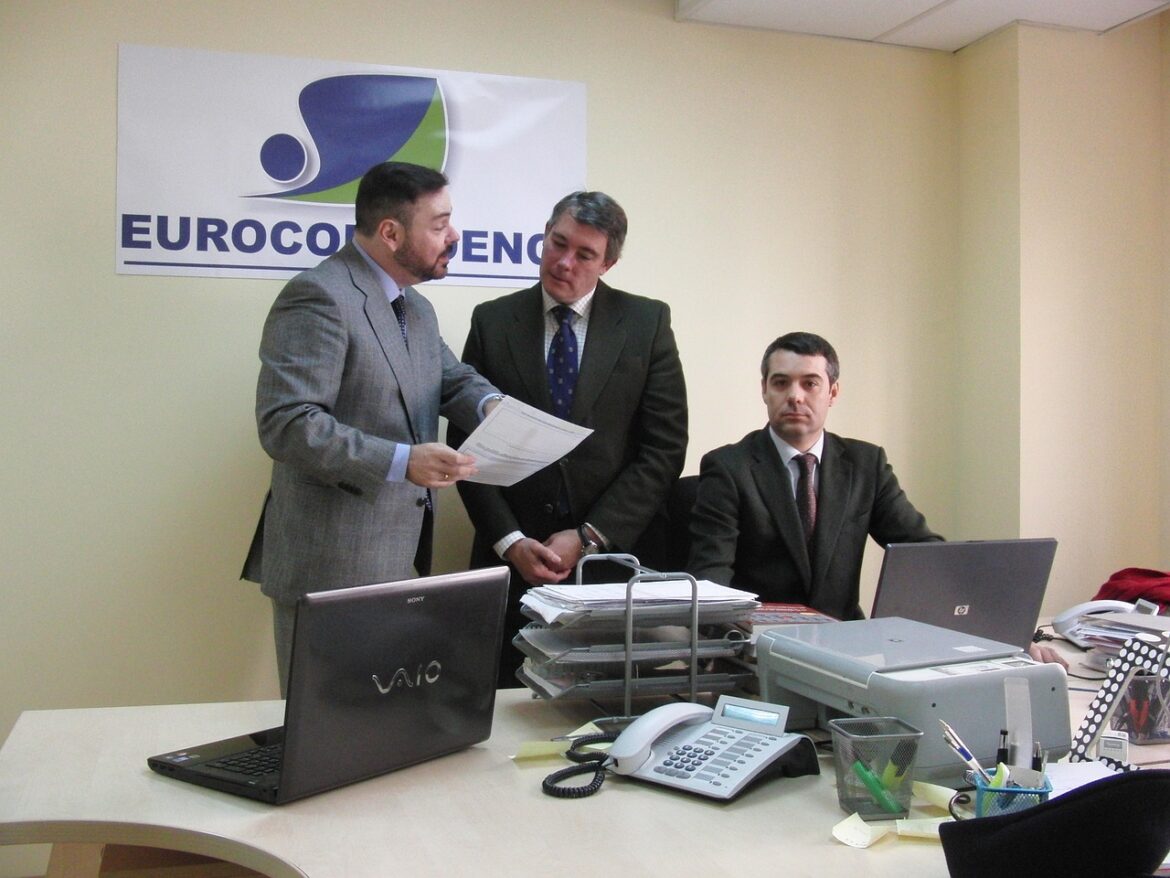There’s a quiet revolution unfolding in the world of human resources—one that’s unfolding shoulder-to-shoulder with what we wear at work. In 2025, HR professionals and employees alike are reimagining the workplace not just through updated policies, but also through the literal thread and weave of their wardrobes. This story dives into how the latest fashion trends are influencing HR, changing the way companies think about dress codes, comfort, and even employee satisfaction—with real examples and a fresh, relatable perspective.
The New Dress Code Conversation HR departments have long been the gatekeepers of workplace attire. But in 2025, the lines between formal and casual are blurring, and HR teams are rethinking what’s “appropriate” for the office. A recent report highlights that a whopping 63% of women are mixing casual and formal clothing at work, making the conversation about wardrobe much more dynamic and personalized. HR is no longer just about setting rules—it’s about listening to what employees want and need, especially as the remote and hybrid work options expand. Think of it as HR meets Pinterest: everyone wants to look good, but they also want to feel comfortable and authentic.
The Rise of Versatility and Sustainability The impact doesn’t stop at comfort. Employees are asking for more than just a looser dress code. They want outfits that work for back-to-back meetings, the commute home, and even a quick coffee with friends. The modern workforce is looking for clothing that’s stylish, versatile, and—increasingly—sustainable. HR teams are fielding questions like, “Can I wear my linen blazer with a drop-waist dress?” and “Are bubble hems okay for Fridays?” As a result, dress codes are evolving to accommodate new fashion-forward looks, especially for women, who are driving much of this change. Some companies are even partnering with sustainable and ethical brands to offer wardrobe basics as part of employee perks.
Personalization and Self-Expression Let’s face it: the days of everyone wearing the same gray suit are over. Employees want to express themselves, and HR is realizing that a little personality in the wardrobe can go a long way toward job satisfaction. The buzzwords are “personalized” and “individualized”—whether that’s a pop of bubblegum pink color, a romantic puff sleeve, or a statement accessory. The new HR playbook? Let people bring their whole selves to work—clothing and all—as long as it’s safe and appropriate for the job.
The Practical Impact on HR So, how do HR departments keep up? Many are reworking their policy manuals to be more flexible and inclusive. For example, some companies are introducing dress code training sessions, helping managers and teams understand the new norms. Others are creating fashion-forward mood boards or setting up Slack channels where employees can share outfit ideas—turning wardrobe choices into a collaborative process. One HR leader described it as “bridging the gap between fashion and function,” making sure that what employees wear aligns with the company’s brand and culture.
Real-World Stories: Fashion as a Force for Change Here are a few examples of how this trend is playing out:
- A tech company in California has replaced its traditional suit and tie rule with a “dress for your day” policy, encouraging employees to wear what makes them feel confident and productive.
- A mid-sized fashion retailer now offers employees a “wardrobe refresh” fund, with a focus on sustainable and ethical clothing brands.
- A financial services firm recently introduced “inclusive dress code Fridays,” where employees are encouraged to wear culturally significant or personally meaningful attire. These stories show that, in 2025, HR isn’t just about paperwork and policies—it’s about people, and what they wear is becoming part of the conversation.
Looking Ahead The blending of fashion and HR is just beginning. As new trends—like romantic sleeves, bold colors, and sustainability—continue to shape what we wear, HR will need to stay nimble. The goal? To create workplaces where everyone feels welcome, respected, and empowered—clothing included.
The bottom line: in 2025, your outfit says a lot about your workplace culture. And HR, more than ever, is listening.
References:
- https://www.youtube.com/watch?v=AzUmww_-aBA&vl=hi
- https://www.youtube.com/watch?v=lcMsG6pd5_U&vl=pt
- https://www.instyle.com/what-to-wear-in-june-2025-11738051
- https://it.pinterest.com/modacable/fashion-trends-ss-2025/
- https://www.pouted.com/fashion-forward-business-looks-for-women-2025/
- https://www.whowhatwear.com/fashion/dresses/summer-dress-trends-2025
- https://dwd.wisconsin.gov/wioa/policy/
- https://www.marieclaire.com/fashion/color-trends-summer-2025/



